
General Idea
Located in the lower Yangtze River drainage basin and Yangtze River Delta economic zone, Nanjing has always been one of China most important cities. It served as the capital of China during several historical periods and is listed as one of the Four Great Ancient Capitals of China. Nanjing was the capital of the Republic of China before the Chinese Civil War in 1949. Nanjing is also one of the fifteen sub-provincial cities in the People Republic of China administrative structure, enjoying jurisdictional and economic autonomy only slightly less than that of a province. Apart from having been the capital of China for six dynasties and of the Republic of China, Nanjing has also served as a national hub of education, research, transportation and tourism throughout history. It will also host the 2014 Summer Youth Olympics.
Nanjing is the second largest commercial center in the East China region, after Shanghai. It has been ranked fourth by Forbes magazine in its listing of "2008 Top 100 Business Cities in Mainland China", seventh in the evaluation of "Cities with Strongest Comprehensive Strength" issued by the National Statistics Bureau, and second in the evaluation of cities with most sustainable development potential in the Yangtze River Delta. It has also been awarded the title of 2008 Habitat Scroll of Honor of China, Special Award of UN Habitat Scroll of Honor and National Civilized City.
Nanjing City has convenient air, railway, highway and water transport means that connect it with other domestic and international cities.
Nanjing Lukou International Airport is located southeast of the city, about 29 km (18 mi) away from the city center. The five-star, four-star and main three-star hotels in the city all have shuttle buses to the airport. Travelers in the city can get on the shuttle bus at Zhongshan Nanlu Bus Station. There are also shuttle buses to Shanghai Hongqiao and Pudong Airports at Zhongyanmen Bus Station and Jinling Hotel. (Nanjing Airport service tel.: 025-52480482)
there are three passenger railway stations in Nanjing: Nanjing Station, Nanjing West Station and Nanjing South Station. Nanjing West Station operates trains departing from Nanjing; Nanjing Station operates trains transferring at Nanjing; and Nanjing South Station operates short-distance trains to Wuhu, Tongling and other places nearby.
Area Code: 025
Zip Code: 210000
Area: Nanjing, with a total land area of 6,598 square kilometers (2,547.5 sq mi)
Geography and Climate

Geography: Nanjing is situated in one of the largest economic zones of China, the Yangtze River Delta, which is part of the downstream Yangtze River drainage basin. The Yangtze River flows past the west side of Nanjing City, while the Ningzheng Ridge surrounds the north, east and south side of the city. The city is 300 kilometers west of Shanghai, 1,200 kilometers south of Beijing, and 1,400 kilometers east of Chongqing.
Population: over five million
Administrative Division: The sub-provincial city of Nanjing has direct jurisdiction over 11 districts and 2 Counties.
Climate & Weather Briefing
Nanjing belongs to the North subtropical monsoon climate zone with four seasons, plentiful sunshine and rains. The average temperature in a year is 17.8℃ and the amount of precipitation is 1034 mm a year. The height of Summer followed by sunny weather with droughts. Spring and Autumn are marked by dry and cool weather. A frost-free period of about 225 days is good for crop growth.
Alongside Wuhan and Chongqing, Nanjing is traditionally referred to as one of the "Three Furnace-Cities" along the Yangtze River for the perennially high temperatures in the summertime. However, the time from mid-June to the end of July is the plum blossom Meiyu season, during which the city experiences a period of mild, damping rain. Typhoons are uncommon but possible in the late stages of Summer and early part of Autumn.
There are four distinct seasons in Nanjing.
* A warm and humid spring
* A humid and hot summer
* A brief and rainy autumn
* A damp and cold winter
Climate Data Table for Nanjing
Month Item | Jan | Feb | Mar | Apr | May | Jun | Jul | Aug | Sep | Oct | Nov | Dec |
maximum | 7.0 | 8.4 | 13.8 | 20.3 | 25.6 | 29.8 | 31.7 | 32.7 | 27.7 | 22.7 | 16.1 | 9.1 |
minimum | -1.1 | 0.6 | 4.6 | 10.6 | 16.1 | 20.5 | 24.2 | 24.5 | 19.3 | 12.8 | 6.1 | 0.4 |
Rainfall (mm) | 37.4 | 47.6 | 81.7 | 73.4 | 102.1 | 193.4 | 185.8 | 128.9 | 71.6 | 65.1 | 50.8 | 24.3 |
Days of rainfall | 1.3 | 2 | 2.7 | 3.4 | 3.9 | 5.5 | 7 | 4.7 | 3.7 | 1.8 | 1. 9 | 1.3 |
History
Nanjing is an age-old city that was civilized some 6,000 years ago by farmers. It also served as China's capital throughout ten dynasties. It has been called by many names since its creation – historical records list more than forty names, including Jinling, Moling, Jianye, Jiankang, Jiangning, Yingtian and Tianjing.
In 472BC, Gou Jian, the king of the Yue State, built city walls at the southwest corner of present Zhonghua Gate. This area was historically called Yue City, and is the earliest record of a fortified castle in Nanjing (some 2,480 years ago).
First Heyday in History
China entered an era of turmoil and internal division between nations that began in the Three Kingdoms period (220-280) and lasted through the Northern (386-581) and Southern (420-589) Dynasties. It was during this period that Nanjing City first experienced prosperity.
Wu Kingdom (one of the Three Kingdoms) established Jianye as its capital and Nanjing was vaulted from an ordinary county to a state capital. After that, another four states (Song, Qi Liang and Chen) in Southeast China successively moved their capitals here (which was, at the time, called Jiankang). Around 320 AD, Nanjing was made capital of six dynasties. Although the warring in Northern China persisted, relative tranquility gave Jiankang a good opportunity to develop, and it finally became a thriving economic and cultural center of South China. Xiao Yan, Wu Emperor of Liang (502-557), reigned for forty eight years from Jiankang, developing the city and its immediate surroundings into a hub of culture and commercialism. Unfortunately not much architecture remains from these six dynasties, and Architectures the Liang style buildings that do exist in Japan are national treasures.
Jinling
Following its 300 years of prosperity, Nanjing's era of much spiraled downwards during the Sui (581-618) and Tang (618-907) dynasties. During this time the Tang Court became worried about separatist regimes and downgraded the capital (then called Jinling) into a prefecture or county. Though no longer a capital city, relics of former dynasties were frequently visited by poets and scholars, and used in poems that meditated on the past.
During the Five Dynasties and Ten States Period of late Tang Dynasty, Jinling was made to be the capital of Southern Tang (937-975), and partly recovered. Nan Tang placed a strong emphasis on agriculture, commerce and art. Emperor Li Jing and his heir Li Yu were talented poets. Nan Tang's cultural and artistic endeavors laid a strong foundation for the Song Dynasty (960-1279).
Another Boom
Zhu Yuanzhang, the first emperor of the Ming Dynasty (1368-1644) ascended the throne in 1368. He changed Yingtian Fu to Nanjing and declared it to be the country's capital. This is when the name of Nanjing first appears in Chinese History. The following 21 years saw many new construction projects and renovations to old Yingtian Fu. A 34 kilometers (21 miles) brick city wall was completed around the city limits, and the city took on prominence in China and the world. The magnificent imperial palace was situated in the eastern portion of the city. Though the capital has since moved to Beijing (the move was directed by the fourth emperor) Nanjing was also maintained as a capital city and used as the blueprint for the design of Beijing's Forbidden City.
The shift in leadership from Ming to Qing (1644-1911) did no harm to Nanjing. In the early years of the Qing Dynasty, the silk industry boomed here. The court specifically established Jiangning Weaving and Fabric Manufacturing Official. One of the four great classical novels in Chinese History, Hong Lou Meng (Dream of the Red Mansions) was set in this background.
Nanjing Aftermath
Taiping Kingdom, a revolutionary anti-Qing regime in late Qing, wrought havoc on its capital, Nanjing. After the Qing Regime was overthrown, Nanjing became the capital of the Republic of China led by Sun Yat-Sen and Chiang Kai-Shek. The Nanjing Massacre, which took place in 1937, has left a lasting scar on the city. A new page in city history, though, was turned in April of 1949, when the city achieved liberation.
- Contact Us
-
Tel:
0086-571-88165708
0086-571-88165512E-mail:
admission@cuecc.com
- About Us
- Who We Are What we do Why CUECC How to Apply
- Address
- Study in China TESOL in China
Hangzhou Jiaoyu Science and Technology Co.LTD.
Copyright 2003-2024, All rights reserved





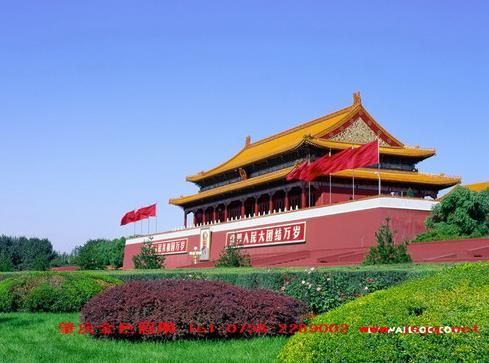
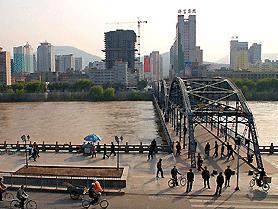
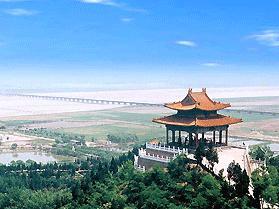
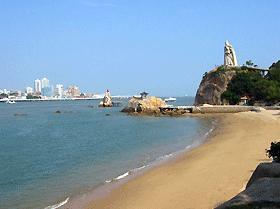
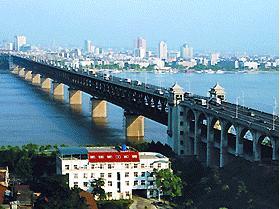
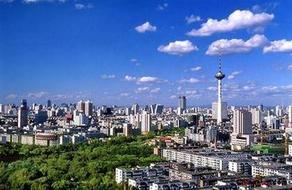
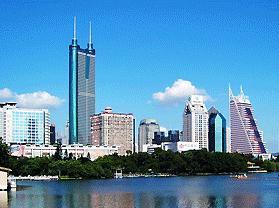
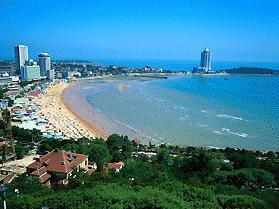
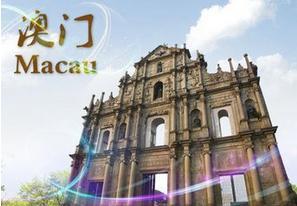
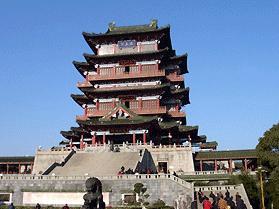
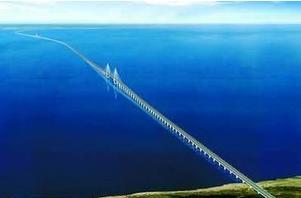
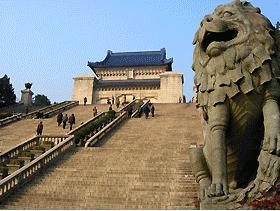
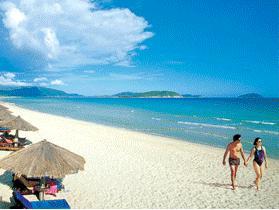
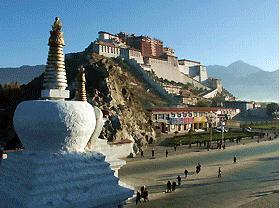
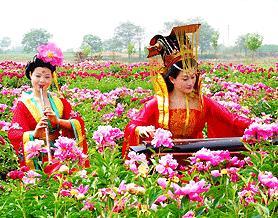
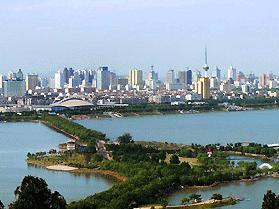
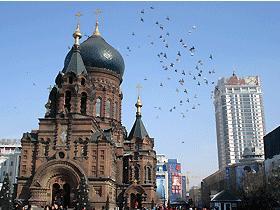
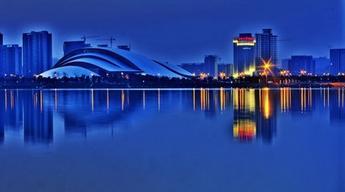
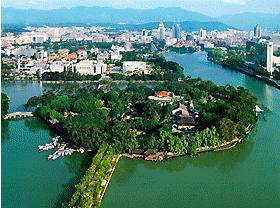
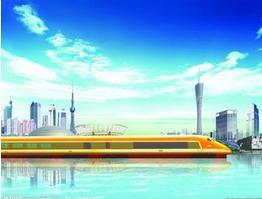

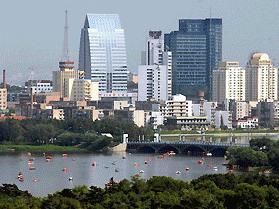
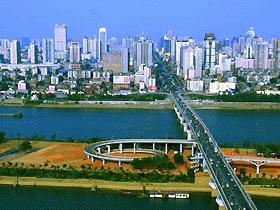
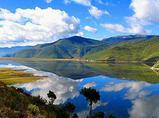
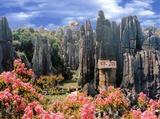

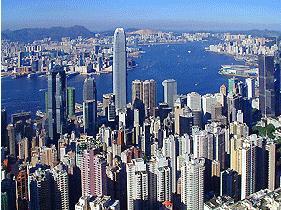
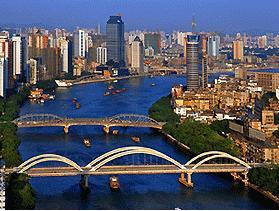
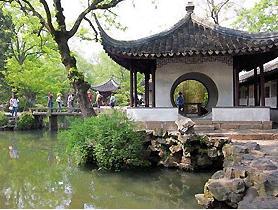

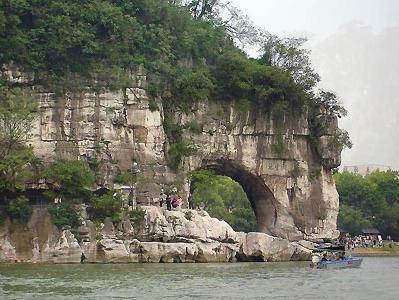
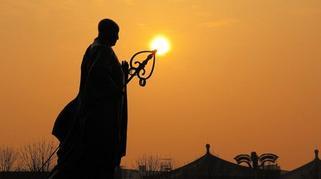
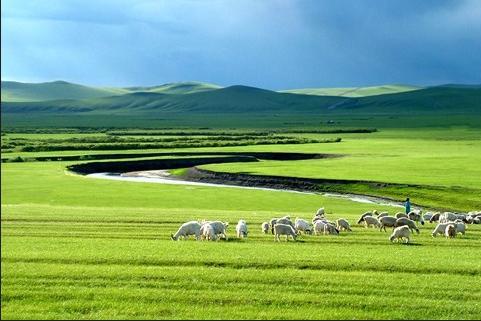
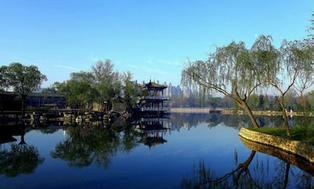
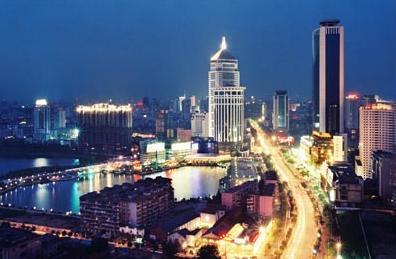
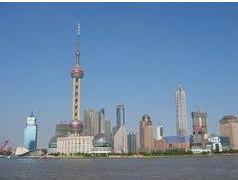
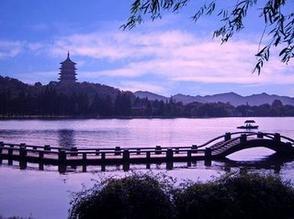

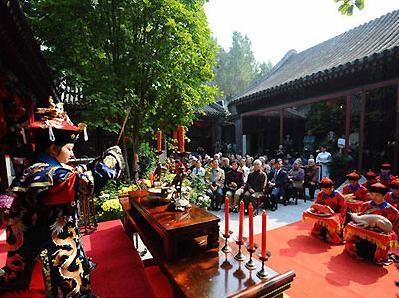
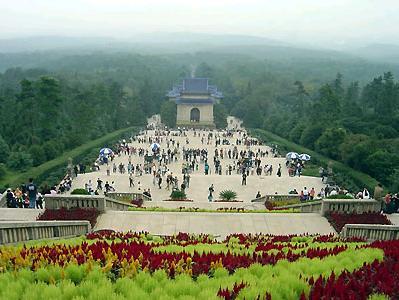
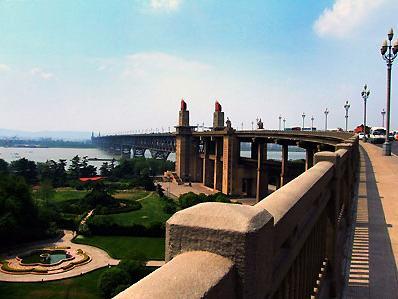
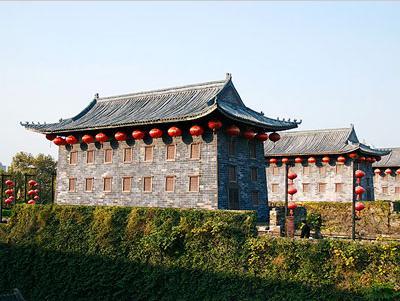
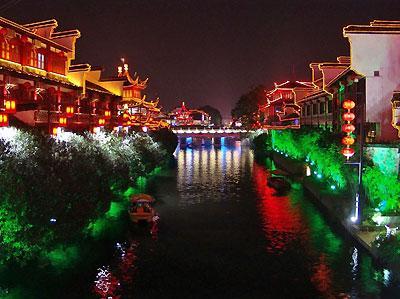
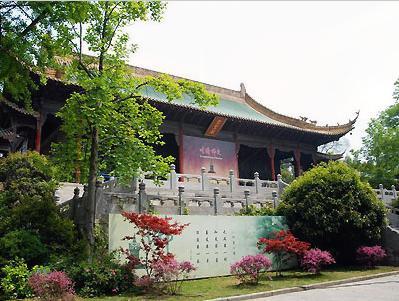
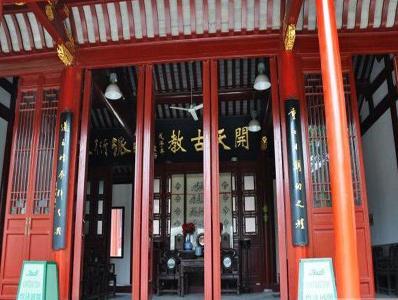
 Chinese
Chinese
 English
English
 Korean
Korean
 Japanese
Japanese
 French
French
 Russian
Russian
 Vietnamese
Vietnamese
